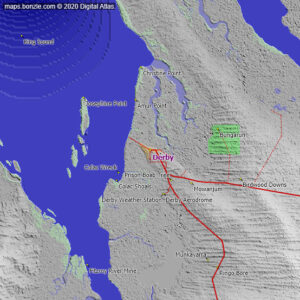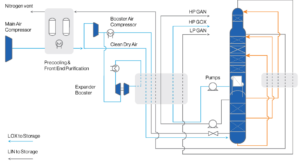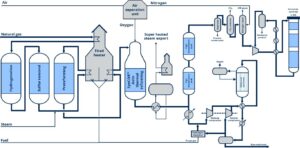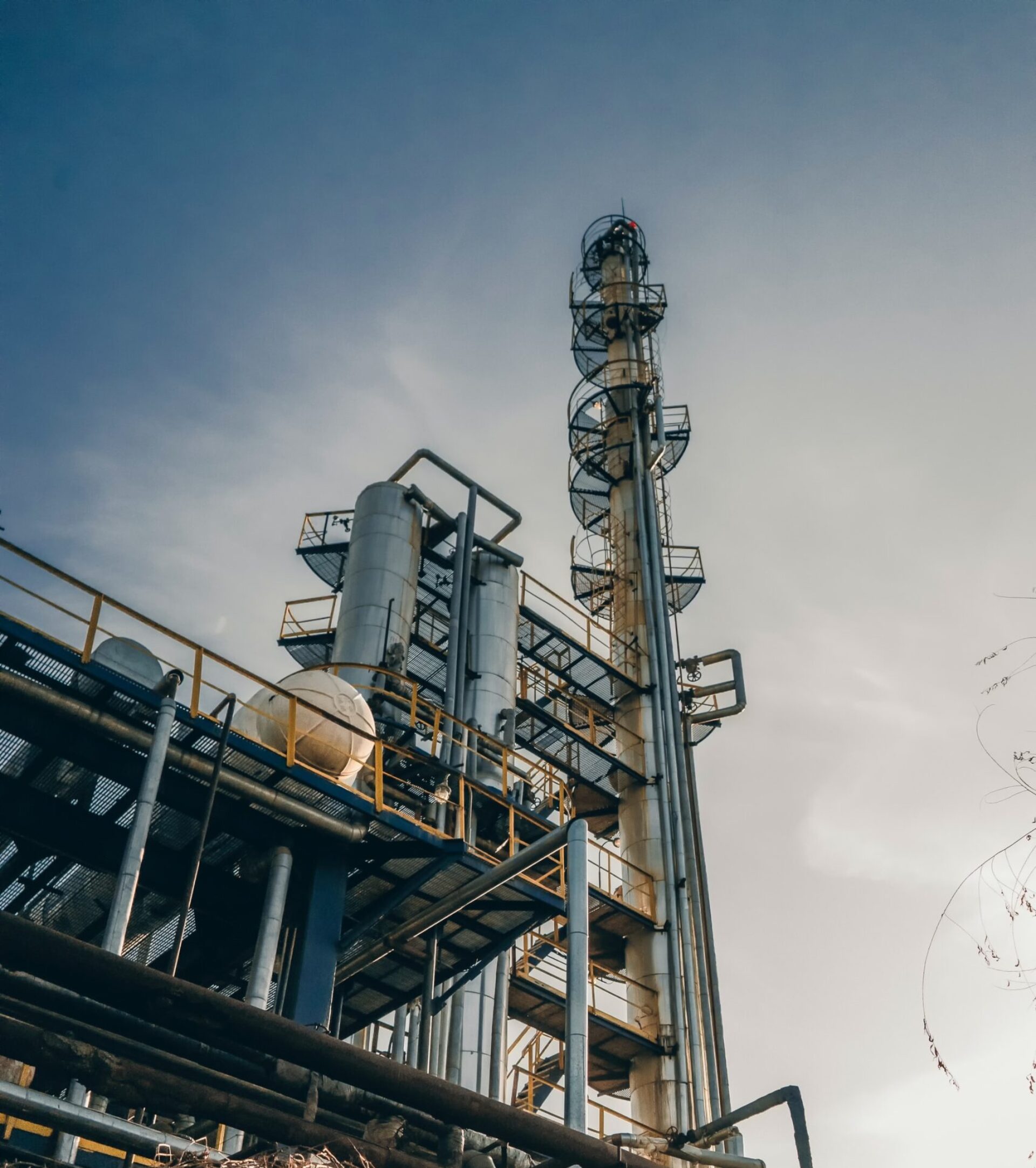Introducing Derby Fertilizers
Process licensor selected as Haldor Topsoe for Ammonia, Methanol Co Production Plant and for Urea Process licensor need to be finalised with Major Licensors.
• SynCOR plus includes, with single front end to produce syn gas along with an air separation unit integrates (future) seamlessly with renewables, inc. Hydrogen and oxygen from electrolysis of water
• Low capital and operating cost Petrochemical complex with latest Best available Technology
• The large production volume makes the project highly economical scale thus competitive edge to the global market.
• This project will provide 1500 construction employment during construction and 500 to 600 direct and indirect employment during Operation of the plant for about 30 years.
Geographical Location

Project Phase 1
Ammonia, Methanol, Urea & Complex Fertilizer Process
A project proposed with Haldor Topsoe A/S process technology for a natural gas based ammonia/methanol, with the performance metrics and overall cost benefit from the SynCOR Plus process layout in comparison to Single front end with two standalone chemical facilities.
3500 NH3 + 5000 MeOH production plan

Air Separation Plant
The SynCORtm Plus process involves with one common syngas gas generation unit based on oxygen fired Autothermal Reforming Technology (SynCORtm). The SynCORtm unit will generate the required synthesis gas for the ammonia line and methanol line simultaneously without the use of a tubular reformer. The process synergizes the full output of an Air Separation Unit (ASU) producing both oxygen for the SynCORtm unit, and Nitrogen for the ammonia synthesis.
An air separation plant separates atmospheric air into its primary components, typically nitrogen and oxygen, and sometimes also argon and other rare inert gases.
To enable air to be separated into its constituents by means of rectification – the actual separation process – a large part of the air volume used must be liquefied.
A gas can only be transformed into a liquid state at temperature and pressure conditions below those of its critical point
Air Separation Plant – A simplified Flow diagram

Urea Production Unit
The commercial synthesis of urea involves the combination of ammonia and carbon dioxide at high pressure to form ammonium carbamate which is subsequently dehydrated by the application of heat to form urea and water and prilled to granules as solid product.
Project Phase 2
The expansion phase covers Complex fertilizer manufacturing, which is a value added product and which needs extensive marketing effort with the farmers and service centers across the Market areas.
Grades with no P2O5 or no K2O are also included in the “NPK” product range but they are normally named NP and NK fertilizers. These types of fertilizers can normally be produced in NPK plants and emission levels will typically be within the limits valid for NPK grades.
Combined types such as Mono- Ammonium Phosphate (MAP), Di-Ammonium Phosphate (DAP) are well-defined products made using well-defined processes.
Compound or complex fertilizers such as NPK, are more difficult to define as there is an infinite number of N/P/K-ratios and the processes applied in their production are numerous.
The product name “NPK” is normally followed by three numbers to indicate the percent of N, P2O5 and K2O which the product contains, e.g. 24–6–12 indicates that this particular grade contains 24% N (nitrogen compounds), 6% P2O5 (phosphorus compounds) and 12% K2O (potassium compounds). In addition, the fertilizer may contain magnesium, boron, sulphur, micro-nutrients, etc. The typical content of nutrients (N + P2O5 + K2O) will normally be in the range of 40-60%.
Modularisation
The plant is to be designed and constructed, using maximum modularization of facilities.
The Modular Process system is the latest concept for Process plant and has many advantages. It consists of the broad areas to be covered from Concept to Commissioning of the plant as per the Client’s requirements.
Modular Process Systems provides turnkey process skids and systems by following proven methods used from concept to commissioning. Each system to build begins as our client’s idea, and must be carefully integrated to achieve the client’s goals, without exceeding their budget.
A modular approach to the process system means a shorter project completion time by allowing site civil and facilities construction to occur simultaneously alongside process skid construction. Having a modular plant design means that the system will be built indoors, under ideal shop conditions, while necessary site civil and facilities engineering is completed. This ultimately leads to a better quality and faster completion times.

